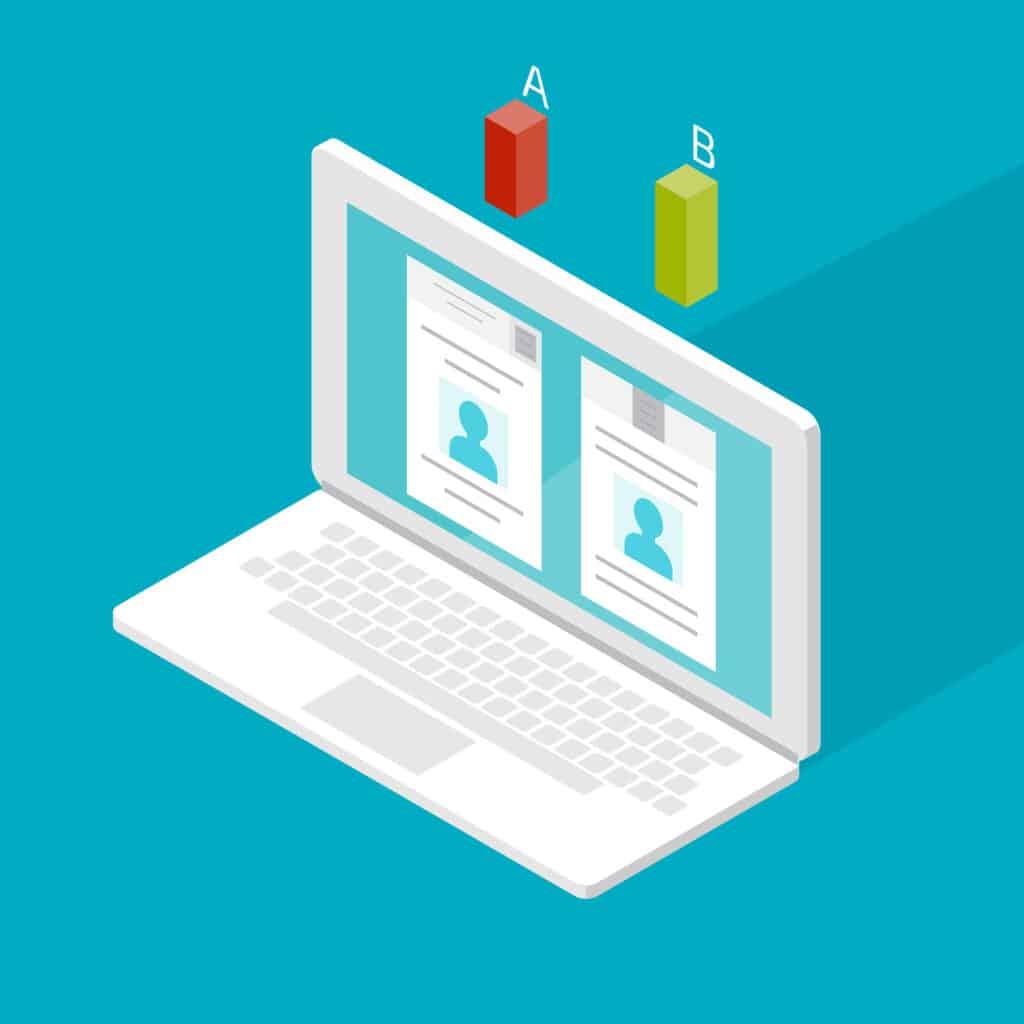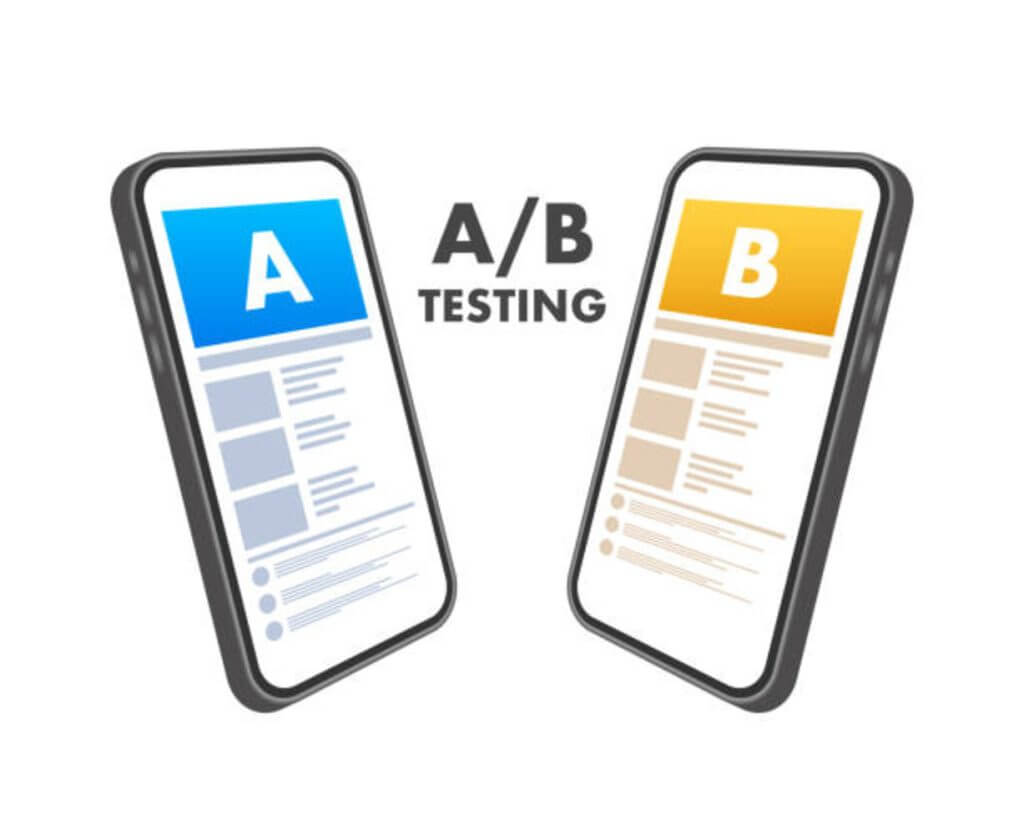
A/B testing, also known as split testing, is a scientific and data-driven method used in digital marketing to optimize campaigns, websites, and other online assets. It involves comparing two versions (A and B) of a variable to determine which one performs better in terms of a specific metric, such as click-through rates, conversions, or engagement.
Here’s an overview of the science behind A/B testing in digital campaigns:
Hypothesis Creation:
A/B testing begins with a clear hypothesis or question. You identify an element or variable within your campaign (e.g., a headline, image, call-to-action button, or email subject line) that you want to test for its impact on user behavior.
Sample Size Determination:
To ensure statistical significance, you must determine an appropriate sample size. This involves calculating the minimum number of participants or visitors needed to detect a meaningful difference between the two versions. Statistical tools and calculators help with this process.
Randomization:
It’s crucial to randomly assign visitors or users to either group A or group B to minimize bias and ensure that the groups are comparable. Randomization helps control for external factors that could skew the results.
Implementation:
Create and launch the two variations of your campaign, with the only difference being the variable you’re testing. For example, you might present one group with Version A (the control) and the other with Version B (the variant).
Data Collection:
Collect data on user interactions and behavior for both groups. This includes tracking metrics like clicks, conversions, time on page, or any other key performance indicators (KPIs) you’re testing.
Statistical Analysis:
Utilize statistical methods to analyze the data and determine if there is a statistically significant difference between the two groups. Common statistical tests used for A/B testing include t-tests, chi-squared tests, and regression analysis.
Interpretation:
Evaluate the results and interpret what they mean in the context of your hypothesis. Determine if one version outperforms the other and in what specific way.
Decision Making:
Based on the statistical analysis and interpretation, decide whether to implement the changes suggested by the winning variation (if applicable) or make further refinements and conduct additional tests.
Iterative Testing:
A/B testing is typically an ongoing process. After making changes based on the results of one test, you can conduct subsequent tests to continuously refine and optimize your digital campaigns.
Ethical Considerations:
Ensure that your A/B testing practices are ethical and comply with privacy and data protection regulations. Be transparent with users about testing and ensure their data is handled appropriately.
Tools and Technology:
Utilize A/B testing tools and software, which automate many aspects of the process and provide insights and reports to help make informed decisions.

Learning and Knowledge Sharing:
Share the results and insights from your A/B tests with your team and organization. Continuously learn and apply the knowledge gained to improve your digital campaigns.
A/B testing is a systematic and data-driven approach to digital marketing that allows you to make informed decisions based on empirical evidence. By following the scientific method and rigorously testing and refining your campaigns, you can optimize your digital marketing efforts and improve the user experience, leading to better results and ROI.
The science of A/B testing in digital campaigns is a systematic and data-driven approach to optimizing online marketing efforts. By following a structured process that involves hypothesis creation, randomization, data collection, statistical analysis, interpretation, and iterative testing, businesses can make informed decisions based on empirical evidence. A/B testing allows for the continuous improvement of digital campaigns, resulting in better user experiences, increased conversions, and improved return on investment. It’s a valuable tool for data-driven decision-making in the ever-evolving digital marketing landscape.



